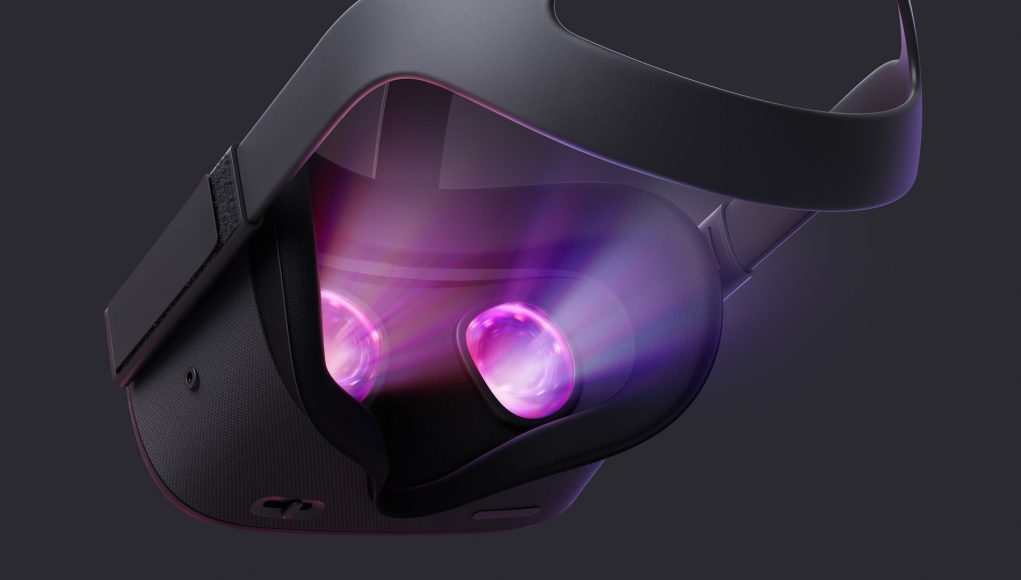Oculus today offered up some details on the ‘Insight’ tracking system of their new Quest headset. The inside-out tracking goes “beyond roomscale,” according to Oculus, enabling large-scale experiences that let players physically move around large spaces. Additionally, Oculus Quest is equipped with the familiar Guardian system to keep you from bumping into your surroundings, now upgraded to support multiple rooms.
Oculus Quest uses four wide-angle cameras to not only track the Touch controllers, but also to track the environment around the user in order to understand where the headset is located in space.
This ‘inside-out’ tracking, which Oculus calls ‘Insight’, means that users don’t need to rely on external sensors or trackers, freeing them to move around large scale spaces rather than being constrained to a room-scale tracking volume. As such, Oculus says that the headset can support “arena-scale” tracking.
At Oculus Connect the company is showing a multiplayer VR FPS arena for Dead and Buried that occupies several thousand square feet, allowing players to have a VR laser tag-like experience where they are physically moving around a large space with real objects for cover, all while battling in VR. In this early stage, it sounds like this kind of large-scale tracked experience is still experimental, but something the company is hoping to expand going upon forward.
For consumers in their home, Oculus says that Quest will support a multi-room Guardian system. Oculus Rift users will be familiar with Guardian, which allows them to trace an outline of their physical space in order to set a safe boundary for their movements in virtual reality. When approaching the edge of the boundary, the Guardian system shows itself as a virtual wall that looks like a blue grid, preventing you from running into a wall or punching your computer monitor (usually).
Since Oculus Quest offers ostensibly unconstrained movement via inside-out tracking, Oculus has announced a multi-room Guardian system. The company says that this will allow users to set up Guardian spaces in multiple rooms, and Quest will remember those setups and automatically identify which room the user is in to show them the right Guardian boundary.
It remains to be seen how well this will work, as it’s surely challenging to reliably identify rooms in various lighting conditions and when objects could move from one session to the next. We’ll be going hands-on with Quest soon to bring you more details on how it all works.







